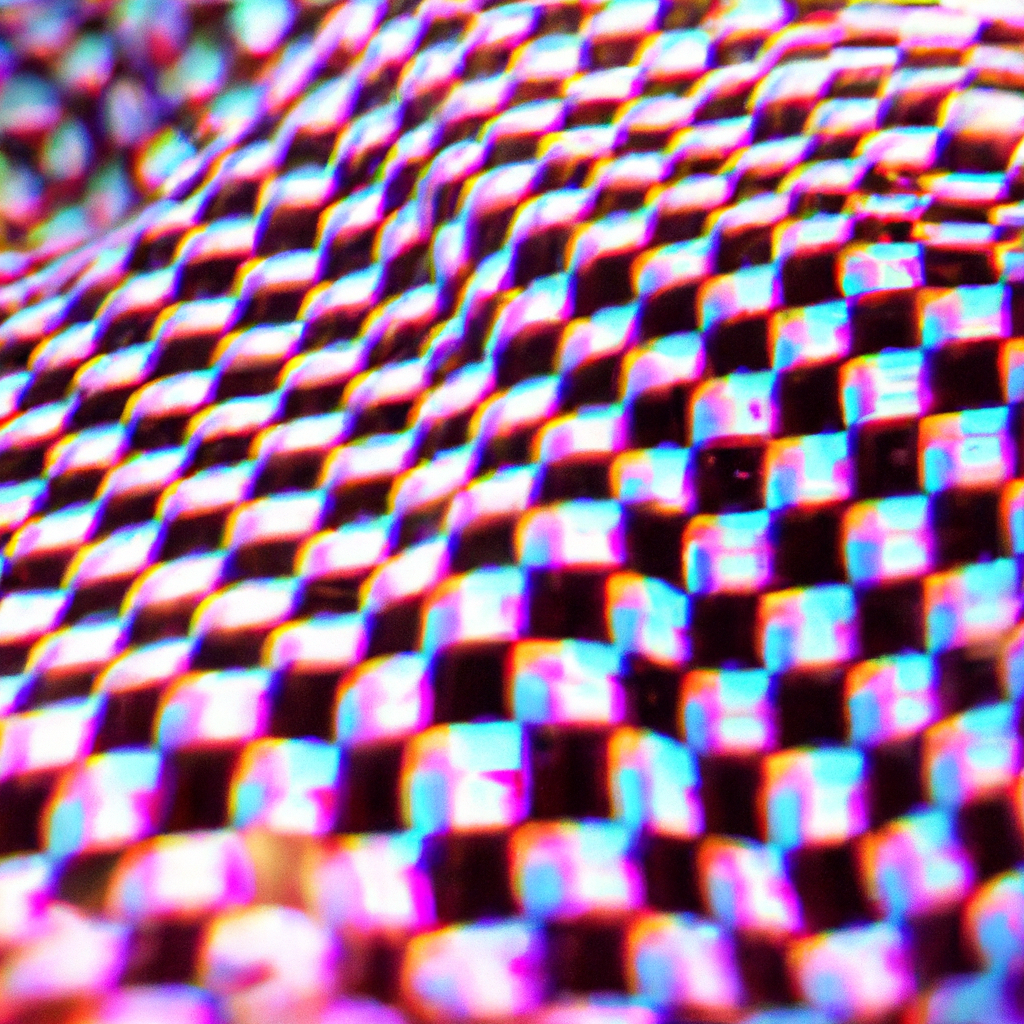Pointillism art is a unique style of painting that emerged in the late 19th century. The technique involves using small dots of pure color to create an image. This style of art is often associated with the French painter Georges Seurat, who is considered the founder of the movement. So, what is the process involved in creating pointillism art? In this article, we will delve into the history of pointillism, the pointillism technique, famous pointillism artists, pointillism examples, and a step-by-step pointillism tutorial.
Pointillism history
Pointillism emerged in the late 19th century as a reaction to the traditional painting techniques of the time. Artists wanted to create a new style that emphasized color and light rather than form and line. Georges Seurat is considered the founder of the pointillism movement. He developed the technique of using small dots of color to create a painting. He believed that by using pure colors, he could achieve greater luminosity and a more intense visual effect.
Pointillism technique
The pointillism technique involves using small dots of pure color to create an image. The dots are placed next to each other, and the viewer’s eye blends them together to create a coherent image. The technique requires a great deal of patience and attention to detail, as each dot must be carefully placed to create the desired effect.
To create a pointillism painting, an artist must first sketch the image onto the canvas. Next, they must choose the colors they will use and mix them to create the desired shades. The artist will then begin placing the dots of color onto the canvas, starting with the lightest colors and gradually building up to the darker colors. The process can be time-consuming, but the end result is a beautiful and unique piece of art.
Famous pointillism artists
Georges Seurat is the most famous pointillism artist. His most famous painting, A Sunday Afternoon on the Island of La Grande Jatte, is a masterpiece of the pointillism style. Other famous pointillism artists include Paul Signac, Camille Pissarro, and Vincent van Gogh. Each artist had their own unique style and approach to the technique, but all shared a love of color and light.
Pointillism examples
Pointillism paintings can be found in museums and galleries around the world. Some of the most famous examples include Georges Seurat’s A Sunday Afternoon on the Island of La Grande Jatte, Paul Signac’s The Port of Saint-Tropez, and Vincent van Gogh’s Self-Portrait with a Straw Hat. Each of these paintings showcases the beauty and complexity of the pointillism technique.
Step-by-step pointillism tutorial
If you are interested in creating your own pointillism art, follow these simple steps:
1. Sketch the image you want to create onto the canvas.
2. Choose the colors you will use and mix them to create the desired shades.
3. Begin placing the dots of color onto the canvas, starting with the lightest colors and gradually building up to the darker colors.
4. Use a small brush or a stylus to create the dots. The size of the dots will depend on the size of the canvas and the effect you want to achieve.
5. Take breaks as needed to avoid eye strain and fatigue.
6. Once you have completed the painting, step back and admire your work!
Conclusion
Pointillism art is a unique and beautiful style that requires patience, attention to detail, and a love of color. The technique involves using small dots of pure color to create an image that is greater than the sum of its parts. Georges Seurat is considered the founder of the pointillism movement, but many other artists have contributed to its development and popularity. Whether you are a beginner or an experienced artist, pointillism is a technique that is worth exploring.







